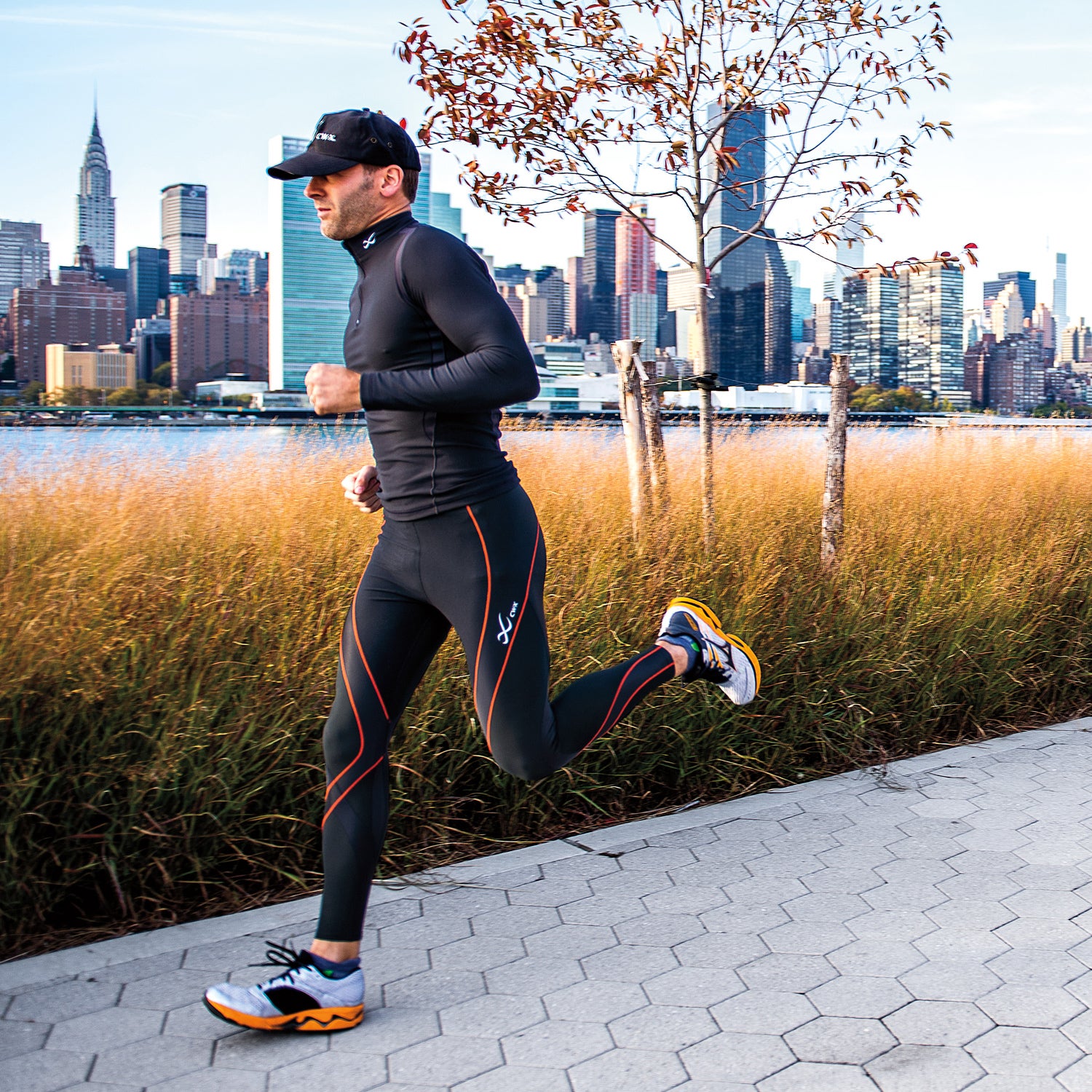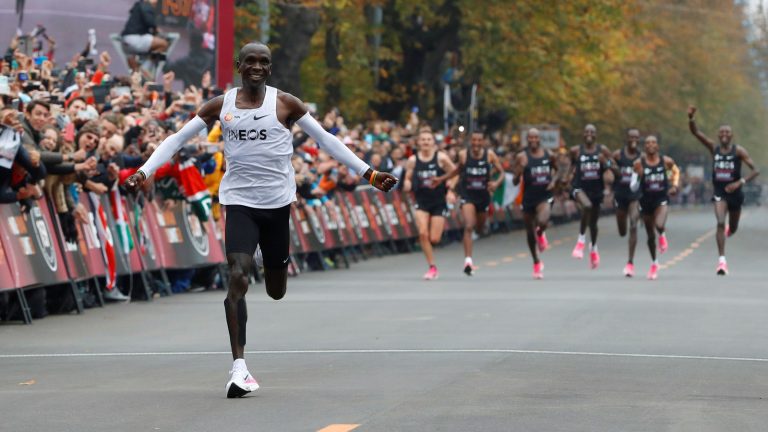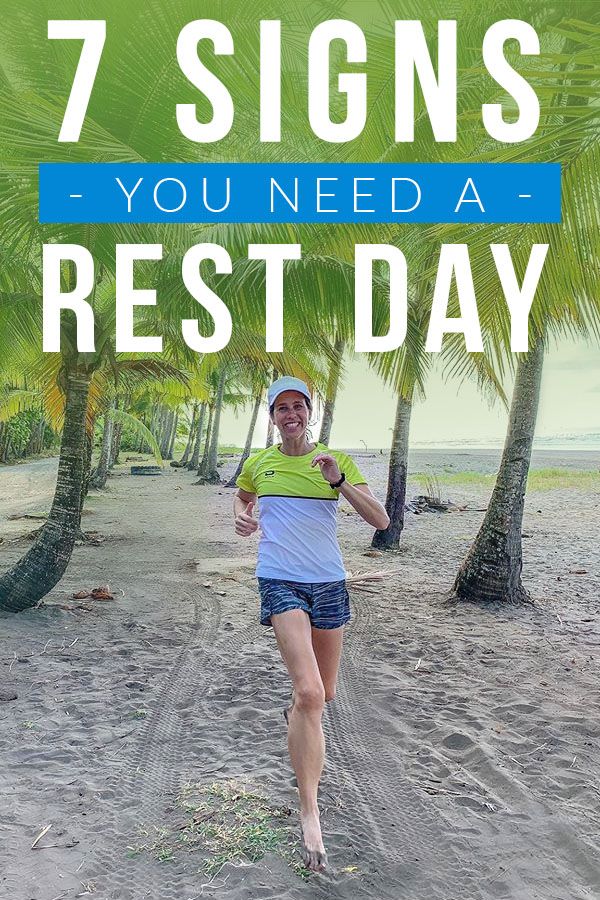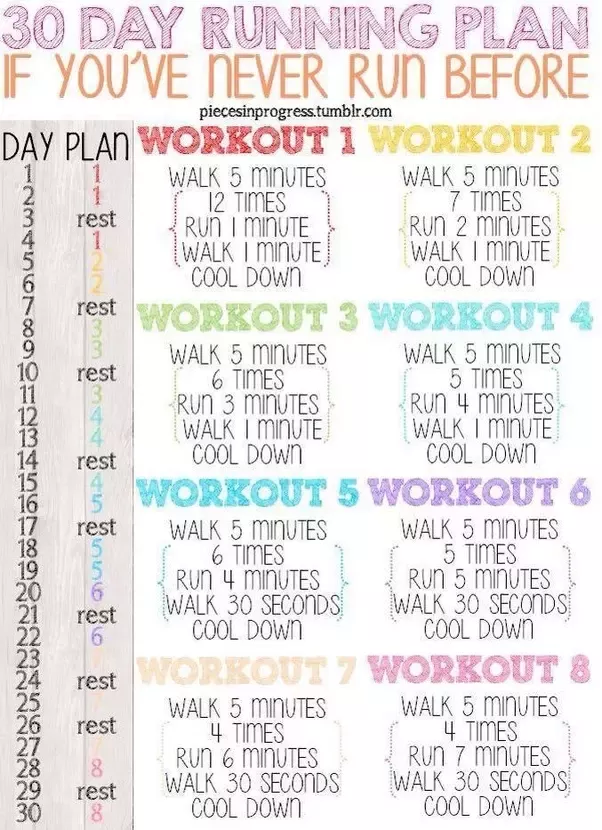Running In Compression Pants
Running in compression pants can help improve circulation and provide muscle support during physical activity. By wearing compression pants, runners can experience reduced muscle fatigue and quicker recovery times, enhancing their overall performance and endurance.
When runners wear compression pants, the tight fit helps increase blood flow and oxygen delivery to the muscles, leading to improved performance. The compression also aids in reducing muscle soreness, swelling, and fatigue, allowing for a more comfortable and efficient run.
Additionally, the supportive nature of compression pants can help prevent injuries and improve recovery post-run, making them a popular choice among athletes and enthusiasts alike. Whether you are training for a marathon or hitting the trails for a leisurely jog, adding compression pants to your running gear can enhance your experience and boost your athletic performance.
Benefits Of Running In Compression Pants
Running in compression pants can offer a range of benefits that enhance your performance and recovery. Let’s explore how compression pants can make a difference in your running experience.
Improved Muscle Support
Compression pants provide firm support to the major muscle groups, including the quadriceps, hamstrings, and calves. This support helps reduce muscle vibration and fatigue during running, leading to improved stability and balance.
Enhanced Performance
The compression provided by these pants can enhance blood circulation and oxygen delivery to the muscles, resulting in improved endurance and performance. With the reduced muscle oscillation, runners may experience a more efficient running stride and better overall running economy.
Faster Recovery
Wearing compression pants during running can aid in faster recovery by reducing muscle soreness and enhancing the removal of metabolic waste. The graduated compression promotes quicker healing of micro-damage caused by exercise, allowing runners to bounce back more quickly for their next training session or race.
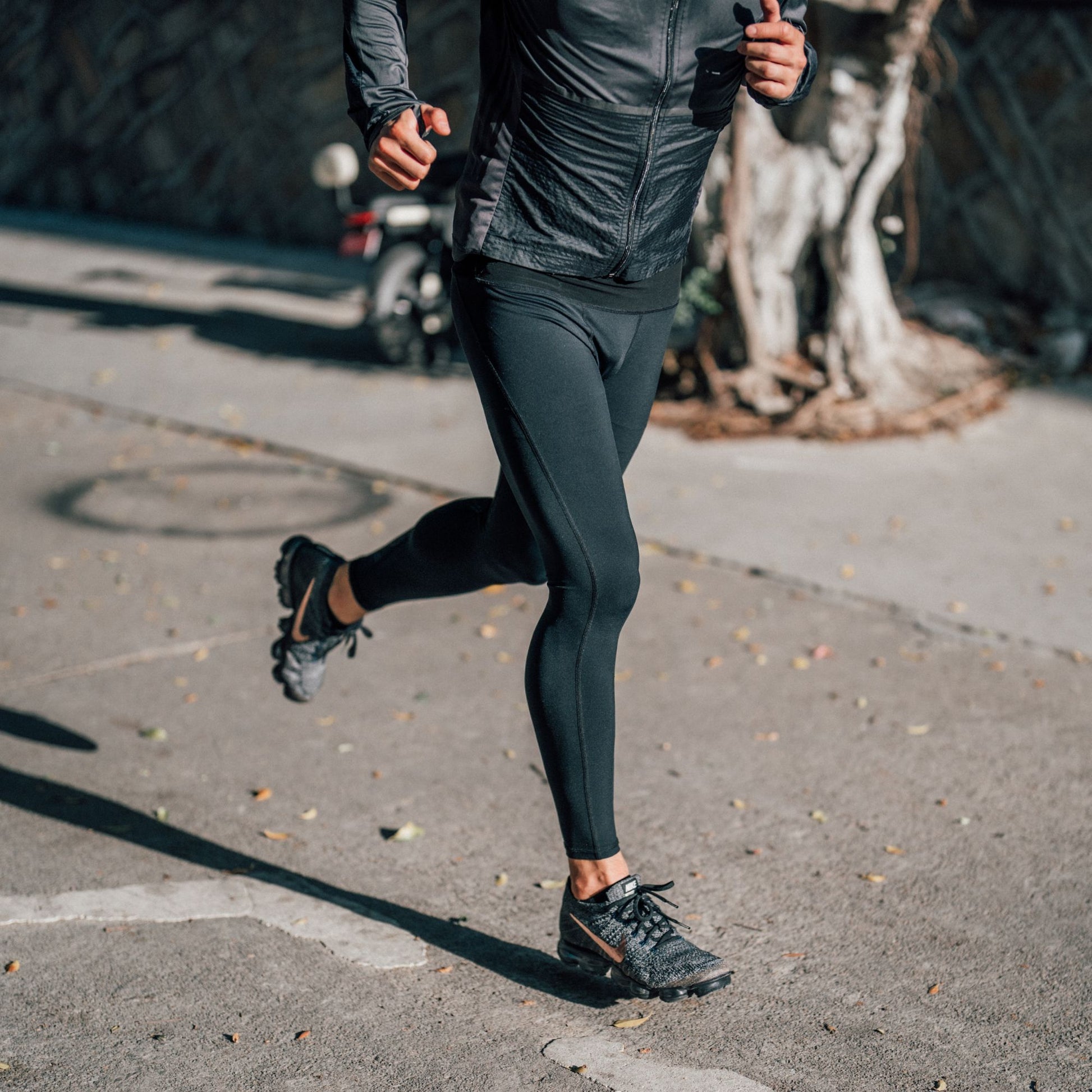
Credit: flipbelt.com
Choosing The Right Compression Pants For Running
When it comes to running, compression pants can offer various benefits such as improved blood circulation and muscle support. To maximize the advantages, it’s crucial to choose the right compression pants tailored for running.
Understanding Compression Levels
Compression pants come in different levels of compression ranging from mild to firm. Understanding these levels is essential to select the one that suits your running needs.
Selecting The Right Size
When choosing compression pants, select the correct size based on your measurements to ensure optimal fit and effectiveness while running.
Choosing The Right Material
Material plays a significant role in the comfort and performance of compression pants. Opt for moisture-wicking fabric like spandex for breathability and flexibility during runs.
Proper Fit And Wearing Tips
Compression pants can enhance your running performance, but proper fit is crucial. Follow these wearing tips to ensure maximum comfort and support during your runs.
Finding The Right Fit
When choosing compression pants, ensure they fit snugly but not too tight. Look for options with a size chart to guide you and consider trying them on before purchasing.
Putting On Compression Pants Correctly
- Start from the waist and gradually pull them up.
- Smooth out any wrinkles as you go.
- Ensure they are evenly distributed on both legs.
Wearing Tips For Optimal Results
- Avoid rolling up the waistband to prevent discomfort.
- Wash them after each use to maintain compression.
- Avoid wearing them for too long to prevent circulation issues.
Common Myths About Running In Compression Pants
Common myths about running in compression pants have swirled around for years, leaving many runners confused about whether to embrace this workout gear. Let’s dispel the misconceptions and set the record straight on the benefits of compression pants for runners.
Compression Pants Make You Run Faster
Many believe that wearing compression pants automatically transforms them into speed demons. While compression pants can enhance performance, their primary function is to provide support and stability to the muscles, which can indirectly lead to better running times. The improved blood circulation from compression wear can help reduce muscle fatigue, enabling runners to maintain pace for longer durations.
Compression Pants Are Only For Professional Athletes
Contrary to popular belief, compression pants are not exclusive to the elite. Runners of all levels can benefit from the muscle support and recovery properties of compression gear. From beginners to seasoned marathoners, anyone can experience improved comfort and performance during their runs with the appropriate compression wear.
Compression Pants Cause Muscle Atrophy
Rumors suggest that relying on compression pants may weaken the muscles by reducing the workload. In reality, compression gear complements muscle activity and promotes efficient movement without impeding natural muscle engagement. The supportive nature of these pants encourages the muscles to work optimally, reducing the risk of strains and injuries.
Alternatives To Compression Pants
Compression pants have gained popularity among runners for their ability to improve performance, reduce muscle soreness, and prevent injuries. However, if you’re looking for alternatives to compression pants, there are other options available that can provide similar benefits. Here are three alternatives worth considering:
Compression Socks
Compression socks are a great alternative to compression pants, especially if you prefer a more flexible and lightweight option. These socks are designed to apply pressure to the lower legs, promoting better blood flow and reducing muscle fatigue during long runs. Additionally, compression socks can help prevent swelling and improve recovery post-run.
Compression Calf Sleeves
If you’re someone who wants the benefits of compression without covering the entire leg, compression calf sleeves are an excellent choice. These sleeves focus specifically on the calf muscles and provide targeted compression to support muscles, increase circulation, and reduce muscle vibration. The lightweight design allows for easy layering with your favorite running shorts or tights.
Muscle Tape
Muscle tape, also known as kinesiology tape, is another viable alternative to compression pants. This elastic tape adheres to your skin and provides support to muscles, joints, and ligaments without restricting movement. Muscle tape can help reduce muscle soreness, enhance proprioception, and provide added stability during runs. It’s a popular alternative among professional athletes and recreational runners alike.
When it comes to choosing the right alternative to compression pants, it’s essential to consider your specific needs and preferences. Whether you opt for compression socks, calf sleeves, or muscle tape, these alternatives can help you achieve better performance and recovery while running.
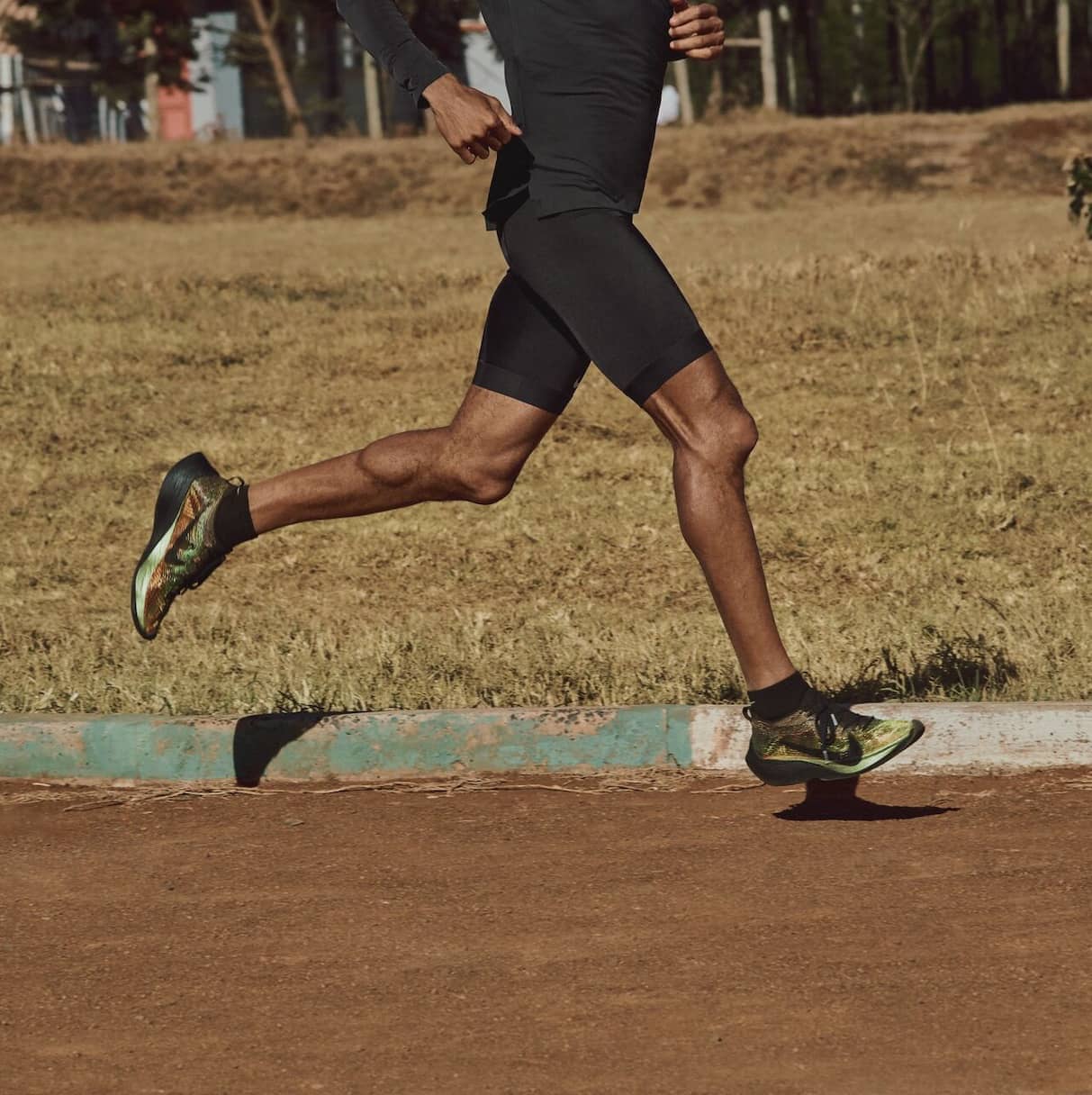
Credit: www.nike.com
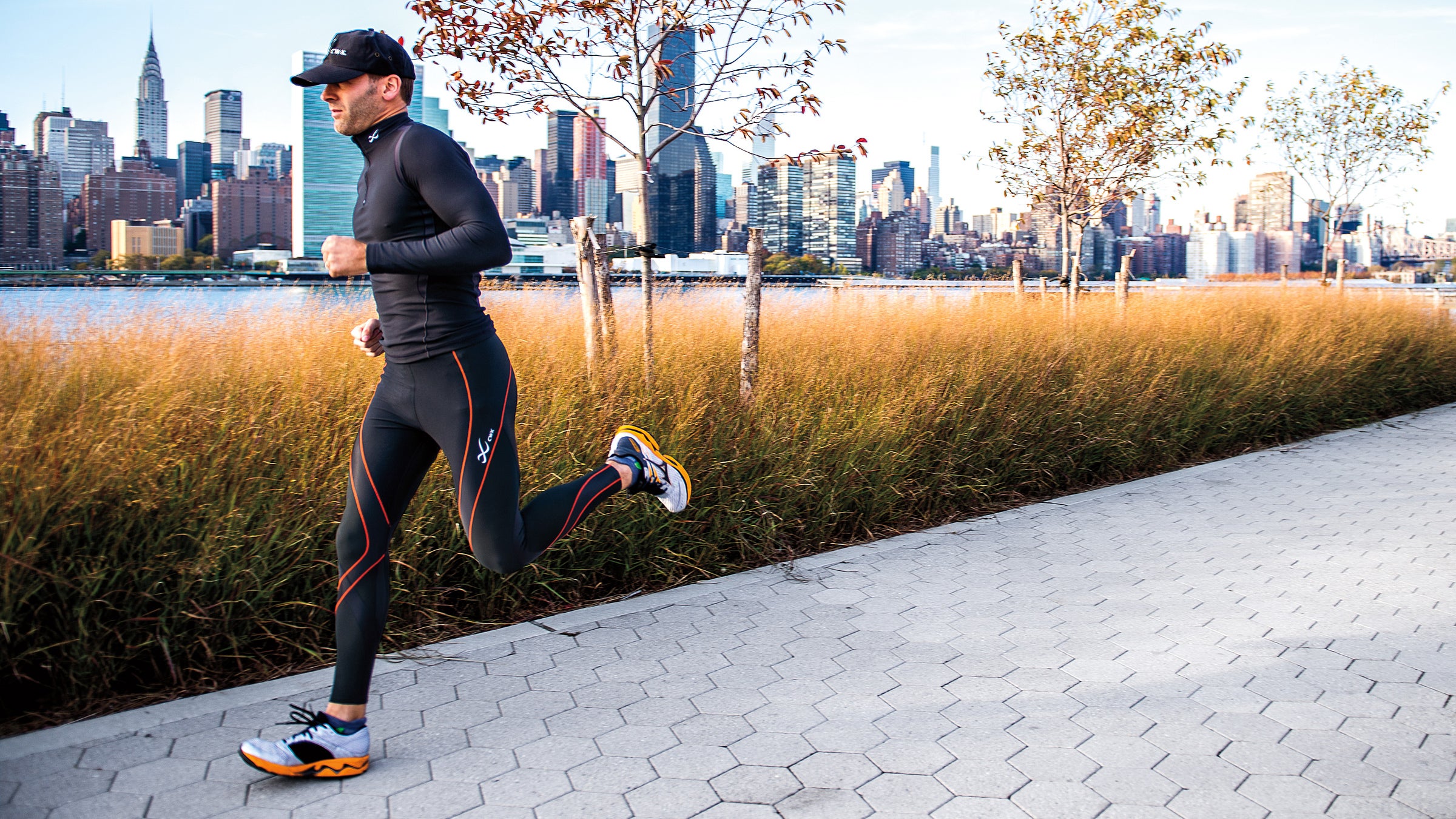
Credit: www.outsideonline.com
Frequently Asked Questions On Running In Compression Pants
Can Compression Pants Improve Running Performance?
Wearing compression pants during running can enhance blood circulation and provide muscle support, potentially improving performance and reducing muscle fatigue.
Do Compression Pants Help Prevent Muscle Soreness After Running?
Compression pants apply gentle pressure to your muscles, promoting better blood flow and reducing muscle vibration, which may help alleviate delayed onset muscle soreness (DOMS) after running.
How Do Compression Pants Support Recovery Post-run?
Compression pants aid in recovery by increasing oxygen delivery to muscles, reducing swelling, and flushing out metabolic waste, allowing for faster recovery and reduced muscle soreness after running.
Conclusion
Wearing compression pants for running can provide various benefits such as improved performance, reduced muscle fatigue, and faster recovery. The supportive design and compression technology can also help prevent injuries and enhance overall comfort during workouts. With the right fit and design, runners can experience a noticeable difference in their running performance and overall well-being.

